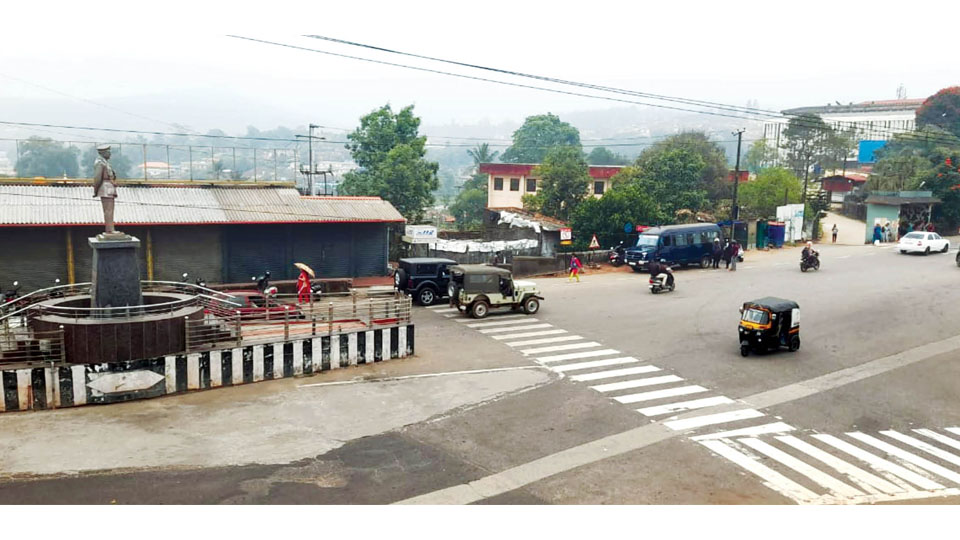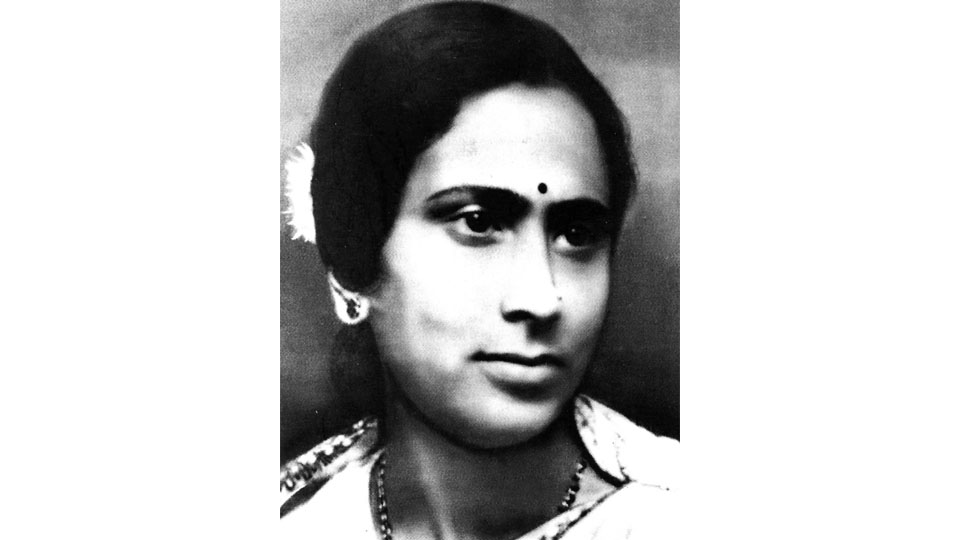
It’s well-known that the British morphed Kodagu into Coorg and Madikeri into Mercara. The origin of the original name Kodagu is not very clear. It is said that Kodagu is a derivative of the ancient name Krodadesha. It could well be that the name Kodagu came from the word ‘Kodi’ denoting its high perch on the Western Ghats.
Madikeri, which was founded by Mudduraja in 1681, was named after the founder as Muddurajakeri. We are also told that Madikeri might have derived from the word ‘madi’, meaning clean. The place was once known for being neat and tidy. Recently Madikeri was ranked fifth in the country for having the best air quality.
There was a time in Coorg’s history when Ammathi was known as Colepet. This was sometime in the 1860s. The present-day Ammathi was part of Ammathinad, and this area was slowly developing from a ‘vonti-angadi’ (one shop) to a ‘multi-angadi.’
The name Colepet was given in honour of one of the popular British Superintendents of Coorg — Captain Robert A. Cole, known for his book ‘An Elementary Grammar of the Coorg Language’. Somewhere along the line, Colepet got named Ammathi.
At the time of the British takeover of Coorg, there was a busy hamlet in the southern part of Coorg known as Balelesanthe. Banana leaf was an important commodity then and Balelesanthe was the centre of this trade.
In 1866, Chepudira Madayya used his influence and renamed Balelesanthe as Ponnampet in honour of his illustrious father, Dewan Chepudira Ponnappa (my great-great-great grandfather). Ponnampet is now a busy hub of commerce and higher education. Recently, this erstwhile hamlet got elevated as a Taluk.
Santhe or the weekly market day, was very important during those bygone days. Quite a few places in Coorg got their name after the weekly ‘shandy day.’ So, we have Shanivarasanthe and Somwarpet. There existed a Sukravarasanthe, which was the present-day marketplace in Madikeri. The name Sukravarasanthe is no longer in vogue, but Madikeri continues to have its shandy day on Fridays.
The ruling family of the Lingayat Rajas named a few of the places. Virajpet, as we know, is the town founded by Dodda Veerarajendra in 1792. He also named Mahadevapet in Mercara after one of his favourite queens Mahadevamma.
Nanjarayapatna is another place named after a member of the ruling family. The Triveni Sangama at Bhagamandala got its name after the deity Bhagandeswara. The southernmost town, Kutta, is named after the forest goddess Kuttadamma. The closest settlement to Siddeshwara betta got the name Siddapur, a bustling town now.
Present-day Kushalnagar was apparently named by Hyder Ali. It was while he camped here that he received news of his son Tipu’s first military victory in another battle zone. However, Kushalnagar was renamed Frazerpet in honour of Lt. Col. J.A. Frazer who successfully secured Coorg for the British East India Company in 1834.
Stewart (Stuart) Hill near Raja’s Seat in Madikeri is named after Col. Stewart, one of the leading British officers who took part in the annexation of Coorg.
Murnad got its name from being the meeting place of three ‘naads’ and Nalknad is a conglomeration of four ‘naads’. Likewise, Nalkeri is the centre of four villages. Murkal has a landmark of three boulders. And Arvathokkalu is a hamlet of sixty ‘okkas’ or families. Likewise, there is Nalvathokkalu and Napoklu.
Sometime during the 1870s, the British administration opened a new housing colony named Ranipet near the rapidly growing town of Mercara. The name Ranipet was in honour of Queen Victoria.

Quite a few places in Coorg derived their name after the commodities they were famous for. We thus have Sunti-coppal (Ginger village), Goni-coppal (Goni is woven hessian used for making sacks), Balele (Banana leaf), Chettalli (village famous for beans) and Meenpet (fish market near Virajpet). Incidentally, Chettalli used to be popularly known as ‘Tenth Mile’ during British days since it was 10 miles from Madikeri.
We have a place named Bavali, which probably had a large rookery of bats. The place Kadanga is named after the famous defensive ‘kadangas’ (trenches) dug by the nayakas who ruled Kodagu before the Haleri dynasty.
However, I am not quite sure if the place Kurchi is known for making chairs. And then, if one had an axe to grind, I guess they went to Kodlipet!
During Tipu Sultan’s occupation of Madikeri, he rebuilt the Fort and renamed the area Jaffarabad. Dodda Veerarajendra recaptured the town in 1790, and mercifully, the fair name of Madikeri was restored.
‘Coorg’ has become an attractive and highly recognisable brand name. So, we have schools, colleges, homestays and resorts that retain the name Coorg. There are several local products such as coffee, spices, honey and wine prefixing the name Coorg.
I wish the town closest to where I live — Gonikoppal — had a better name. Several years ago, a young nephew of mine who was visiting us for the first time thought the name was ‘Gopigopal’. Now, ‘Gopigopal’ would be a much better-sounding name for a swaggering town that has the exaggerated moniker — Texas of Coorg.
[This anecdote is an updated version of the one in my book “Tale of A Tiger’s Tail & Other Yarns from Coorg”]
source: http://www.starofmysore.com / Star of Mysore / Home> Feature Articles> Top Stories / by C.P. Belliappa / February 17th, 2025


